
Definitely mind your head when walking by one of these!
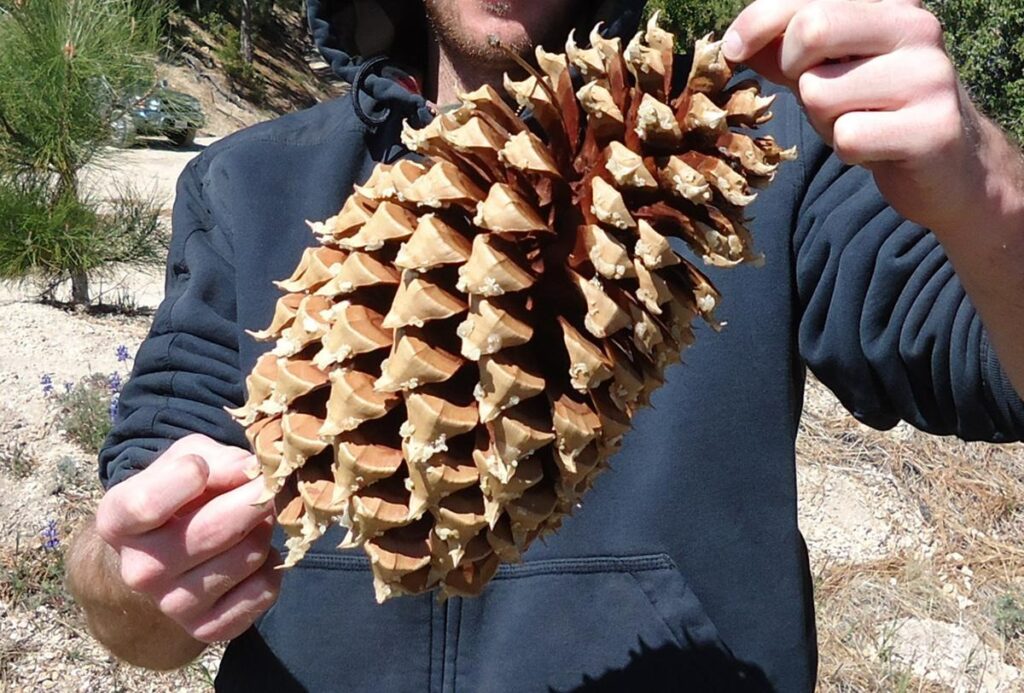
Ever wondered how big a pine cone can grow? Well, ponder no further. The Coulter pine (Pinus coulteri), an evergreen conifer native to the coastal mountains of southern California and northern Baja California, is known for producing the heaviest and largest cones of any pine species, which can weigh up to 5 kg (11 lb) and measure up to 51 cm (20 in) long. Yes, that big!
The Coulter pine, also known as the big-cone pine, nut pine, California Coulter pine, or pitch pine, is a medium-sized tree that can reach up to 79 feet (24 meters) in height and 3.3 feet (1 meter) in trunk diameter. Well, the tree can be medium-sized, but it’s cones certainly aren’t. Just look at this!
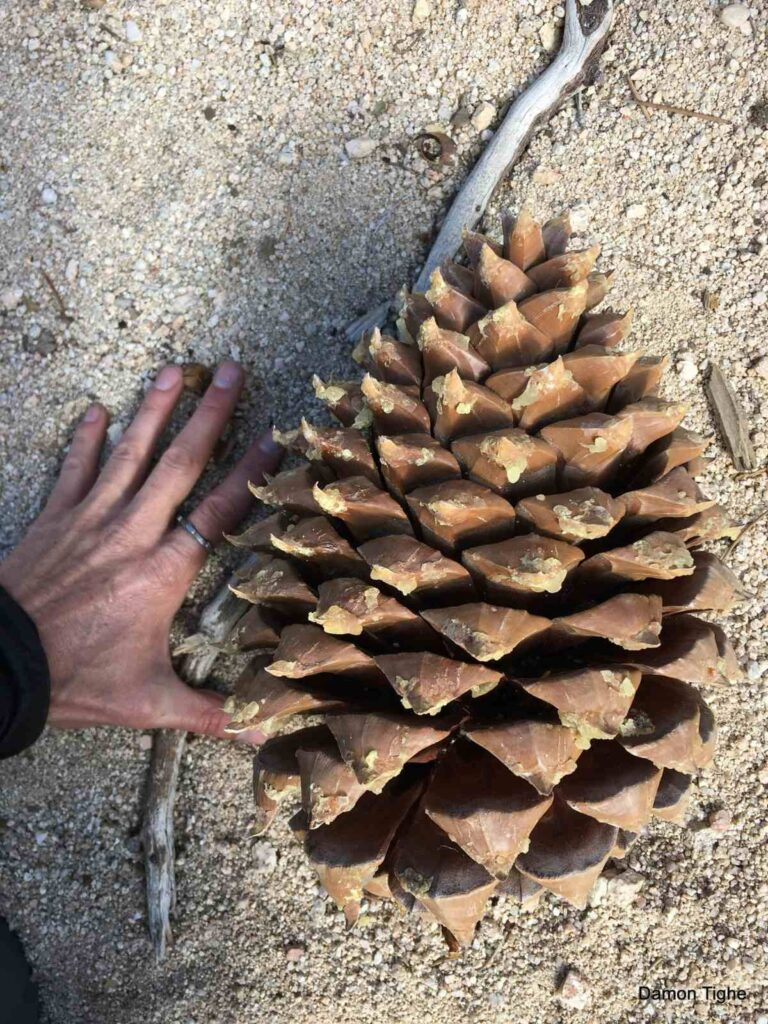
The big-cone pine grows on steep south-facing slopes at elevations of 500-7000 feet and has dark gray to black bark that is deeply rugged with scaly ridges. The leaves are needle-like, arranged in bundles of three, and have a glaucous gray-green color. And they are also huge! They measure 5.9-11.8 inches (15-30 centimeters) (!) long and stout, 0.079 inches (2 millimeters) thick.
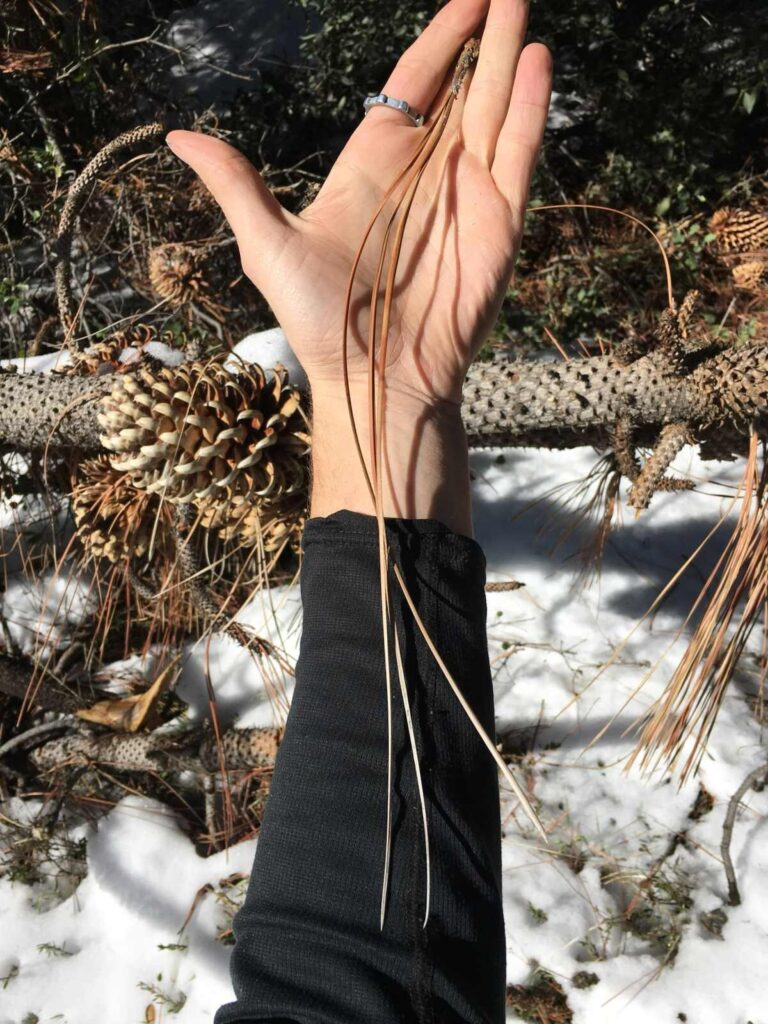
But the most remarkable feature of this tree is its cones. The Coulter pine produces the heaviest cones of any pine species, and among conifers, only the bunya-bunya tree (Araucaria bidwillii) has heavier ones. The cones are 7.9-15.7 inches (20-40 centimeters) long and weigh 4.4-11 pounds (2-5 kilograms) when fresh. Each segment, or scale, of the cone is tipped with a talon-like hook. The seeds are large and brown, about 0.8 inches (2 centimeters) in diameter.
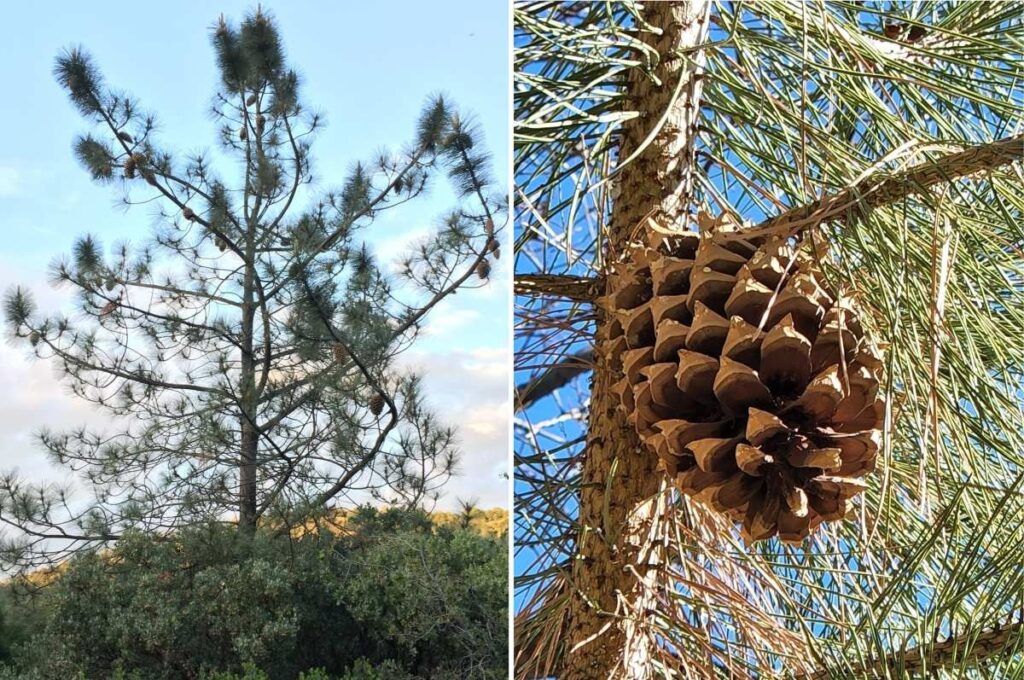
The cones take two years to mature and can persist on the tree for several years after that. They are usually found on the upper branches of the tree, where they are less likely to damage the lower branches or the trunk when they fall.
However, they can still pose a serious threat to anyone or anything underneath them. The large size and weight of the cones, combined with the claw-like scales, have earned them the nickname “widowmakers” among locals – in remembrance of the unlucky individuals who met their fate as a result of the falling pine cones.
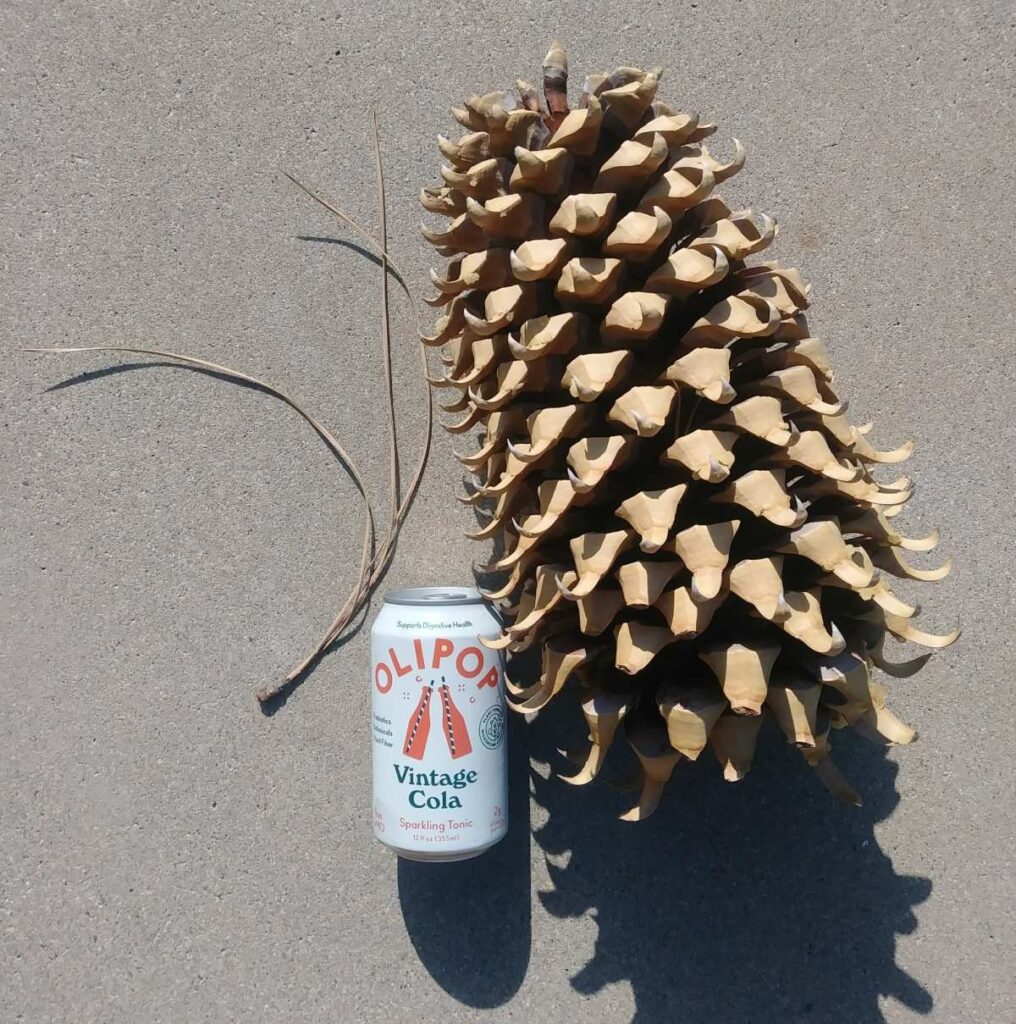
The Coulter pine is an important source of food and shelter for wildlife. White-headed woodpeckers feed on insects on the lower trunk and cones of the tree, while western gray squirrels eat the seeds. Black-tailed deer sometimes graze on the young trees.
The wood is weak and soft, so it is not widely used for timber or construction, but mainly for firewood and bird feeders.
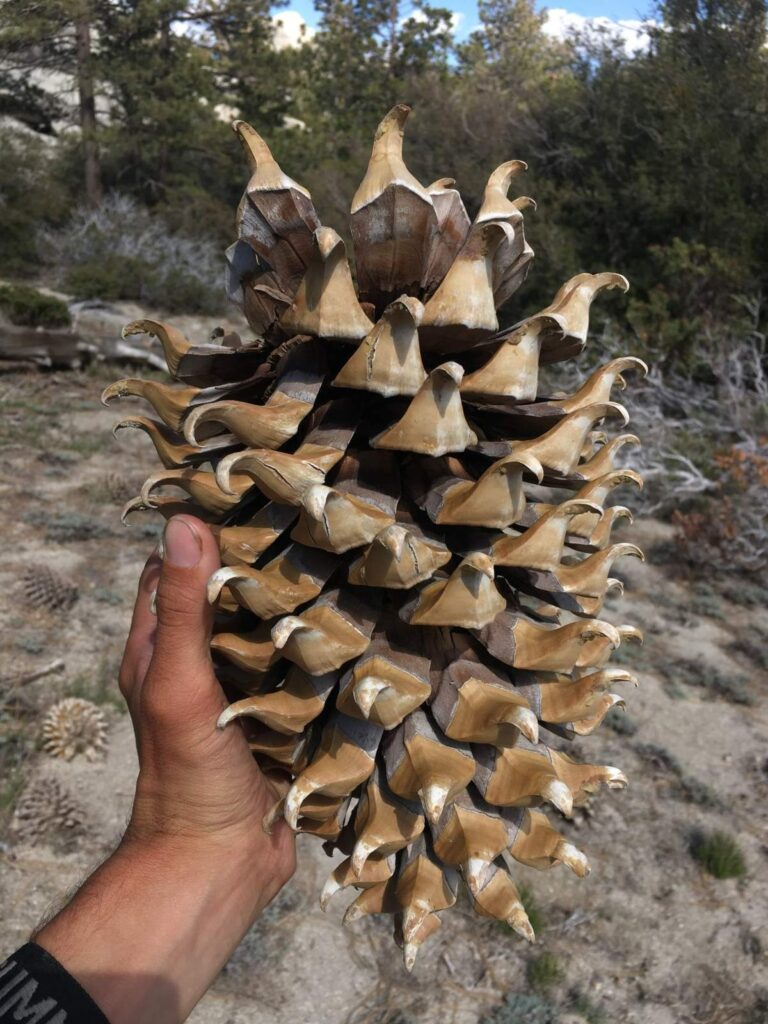
The Coulter pine is also cultivated as an ornamental tree, planted in parks and large gardens, and drought-tolerant landscaping. It has gained the Royal Horticultural Society’s Award of Garden Merit for its beauty and hardiness. However, beware – if you decide to grow this tree in your backyard, make sure you wear a hard hat when walking under it!

Leave a Reply